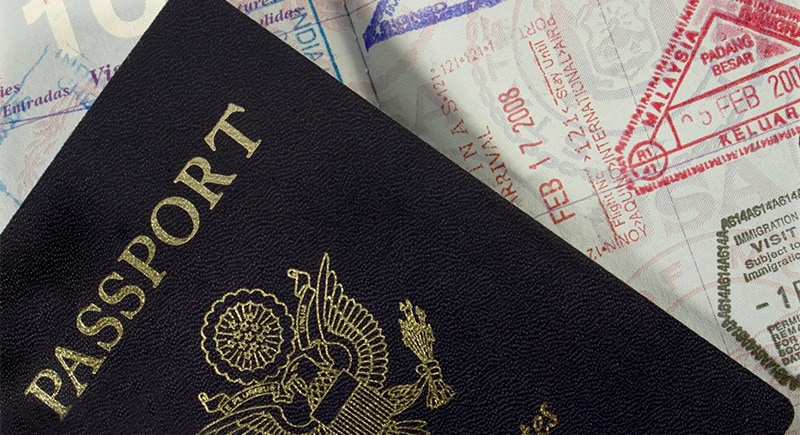Family-based immigration is a way for U.S. citizens and lawful permanent residents (LPRs) to sponsor their eligible relatives for admission to the United States. The family-based immigration system is designed to reunify families separated by geographic boundaries and promote family unity.
The U.S. Citizenship and Immigration Services (USCIS) provides two types of family-based visas: immediate relative visas and family preference visas.
Immediate relative visas are intended for close relatives of U.S. citizens who are deemed a priority for immigration. This category includes spouses, unmarried children under the age of 21, and parents of U.S. citizens who are over 21 years of age. There is no limit to the number of immediate relative visas that can be issued each year.

Family preference visas, on the other hand, are for the relatives of U.S. citizens or LPRs who are not considered immediate relatives. The categories for family preference visas are divided into four preference categories based on the degree of the relationship, with preference given to those in closer relationships. These categories include:
- F1 category: Unmarried adult children of U.S. citizens and their minor children (numerically limited)
- F2A category: Spouses and unmarried children (under 21 years old) of LPRs (numerically limited)
- F2B category: Unmarried adult children (over 21 years old) of LPRs (numerically limited)
- F3 category: Married children of U.S. citizens, and their spouses and minor children (numerically limited)
- F4 category: Siblings of U.S. citizens, and their spouses and minor children (numerically limited)
The numerical limit of family preference visas is set at 226,000 per fiscal year, with no more than 7% of the total number of visas in any one category available to nationals of any one country.
To sponsor a family member, the U.S. citizen or LPR must file a visa petition with USCIS. The visa petition must be accompanied by supporting documentation, such as proof of the family relationship and proof of financial support. In addition to the visa petition, the prospective immigrant may also have to undergo a medical examination and police clearance to ensure they meet the eligibility requirements for a U.S. visa.
Once the visa petition is approved, the prospective immigrant can apply for a visa at a U.S. consulate or embassy abroad. If the visa application is approved, the immigrant can enter the United States and receive a green card, which signifies LPR status. It is important to note that the process of family-based immigration can take several months to several years, depending on the type of visa and the immigration backlog.
Family-based immigration and sponsorship is an important way for U.S. citizens and LPRs to reunify with their loved ones who are living abroad. The process can be complex and time-consuming, but with proper documentation and support, it is possible to bring your family to the United States. If you have questions about family-based immigration and sponsorship, it is recommended to speak with an experienced immigration attorney for guidance.



